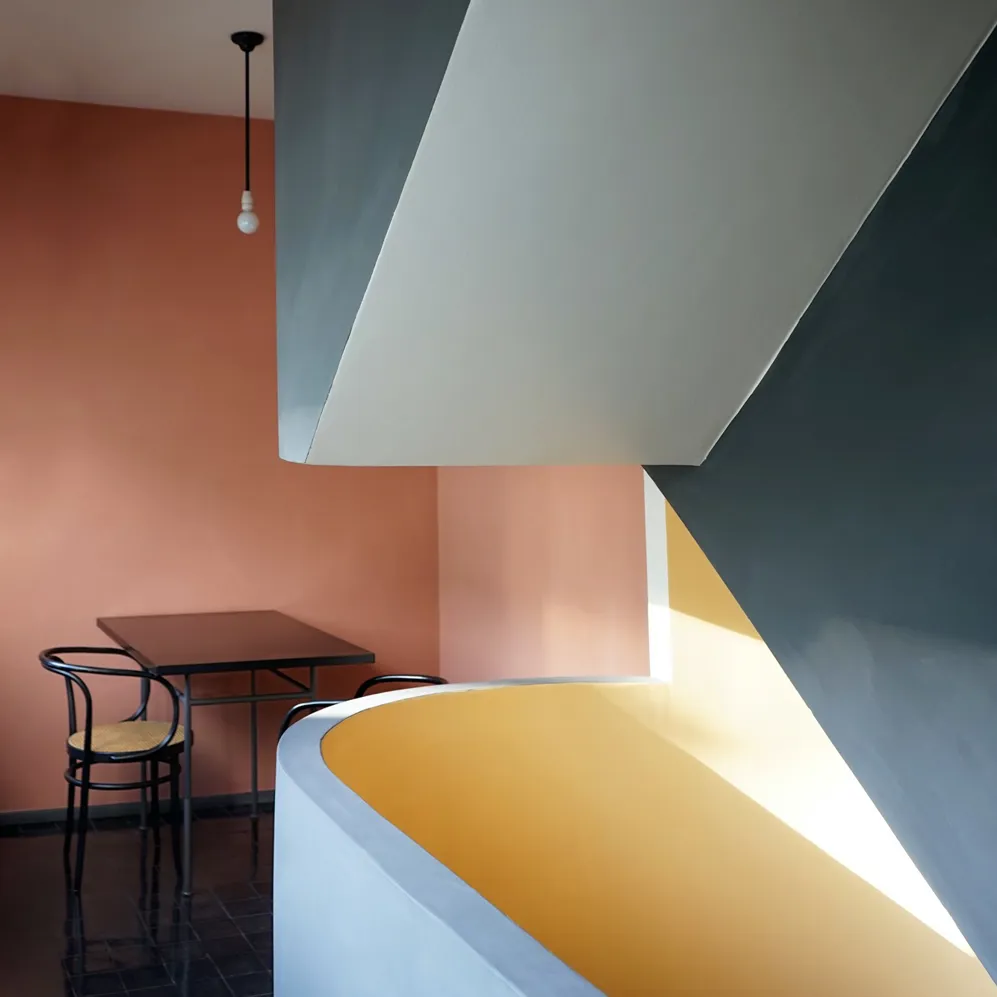
Words and images Adam ŠtěchDate 03 May 2022
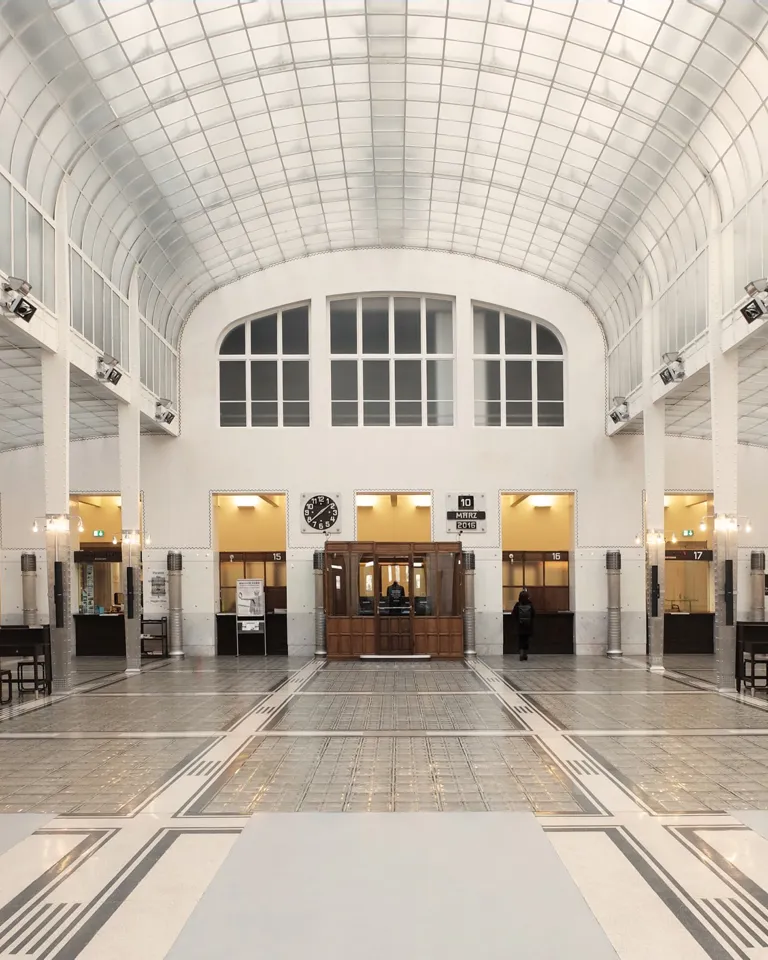
Otto Wagner The glass atrium of the Post Office Savings Bank in Vienna
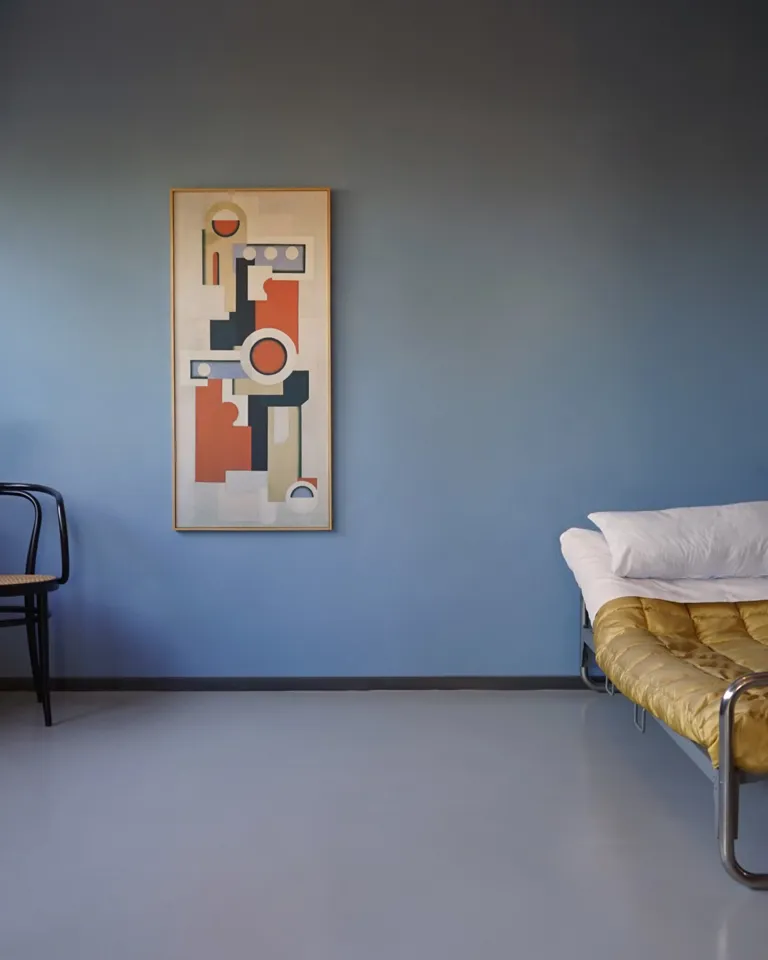
Le Corbusier Houses 14 and 15 in Stuttgart were a critical prototype for modernism
Modern architecture was born at the turn of the 20th century with the desire to create a built environment responding to new needs and qualities of life and society. The architects were convinced that the buildings should be imprints of modern age, created with the help of new scientific discoveries, technologies, political systems, and current interests of the society. When Vienna-based architect Otto Wagner published his seminal book Modern Architecture in 1896, he challenged his contemporaries with a style that utilized nascent construction technologies and materials. In his projects, such as the Post Office Savings Bank in Vienna, he demonstrated his ideas through an extensive use of glass, aluminum, or rubber. These materials brought fresh qualities to the architecture such as a large glass vault in the main hall let light into the interior, aluminum and marble on the facade reminded one of the money storage function of the building, and rubber on the stairs prevented people from slipping. And it was easy to clean.
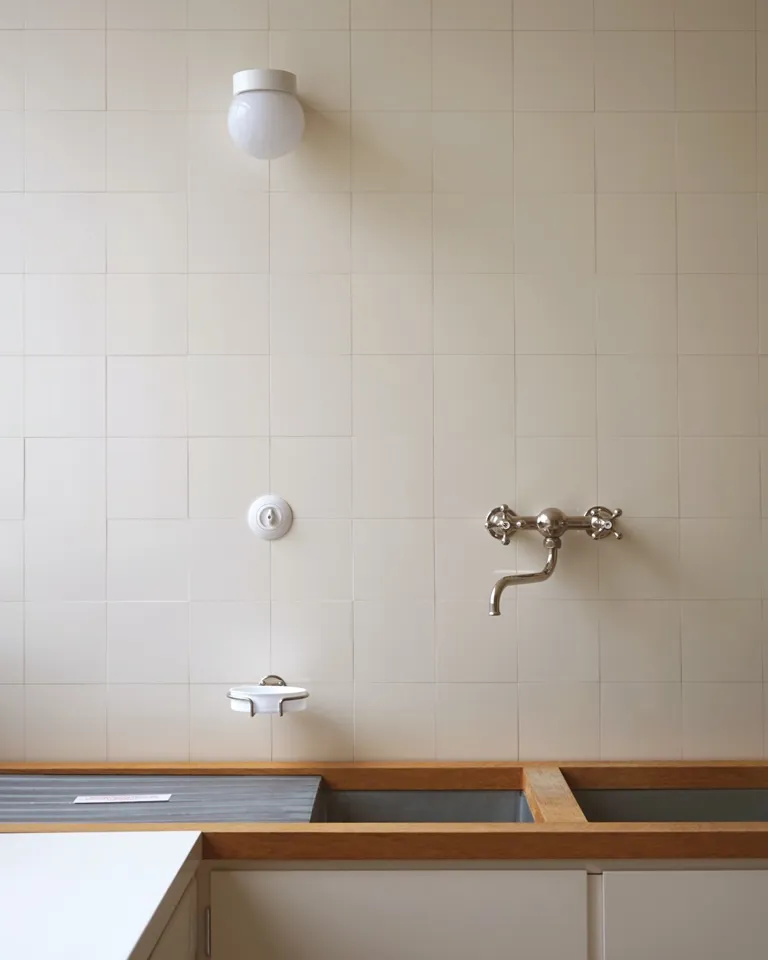
Mies van der Rohe Villa Tugendhat stands out for its use of fine materials
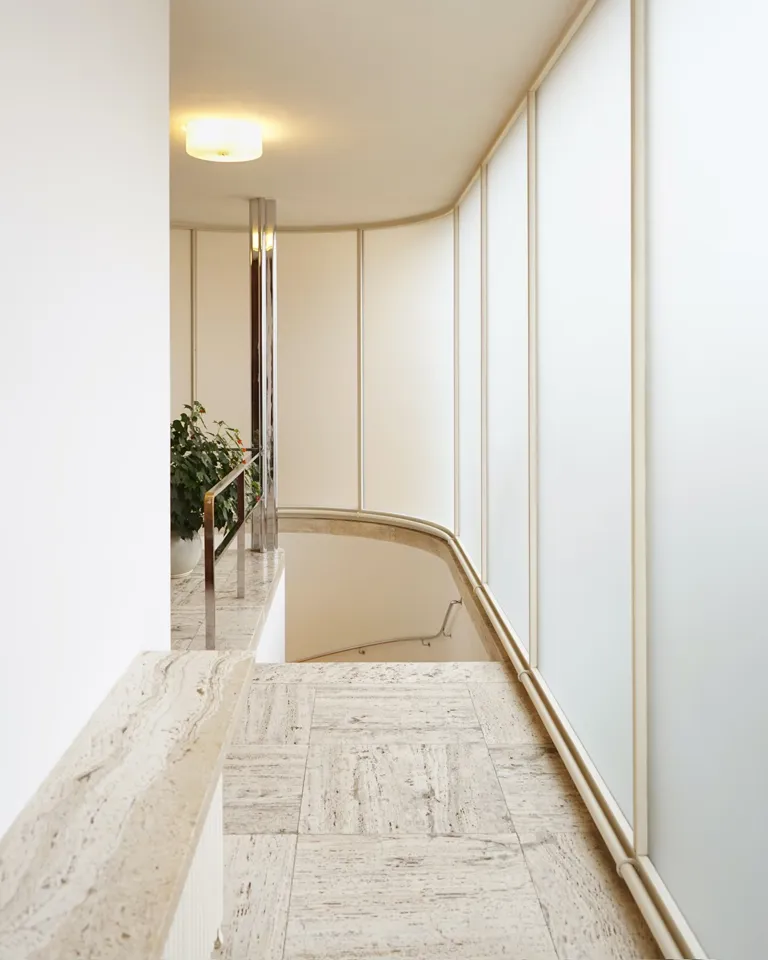
UNESCO World Cultural Heritage Czech Republic's only listed piece of modern architecture
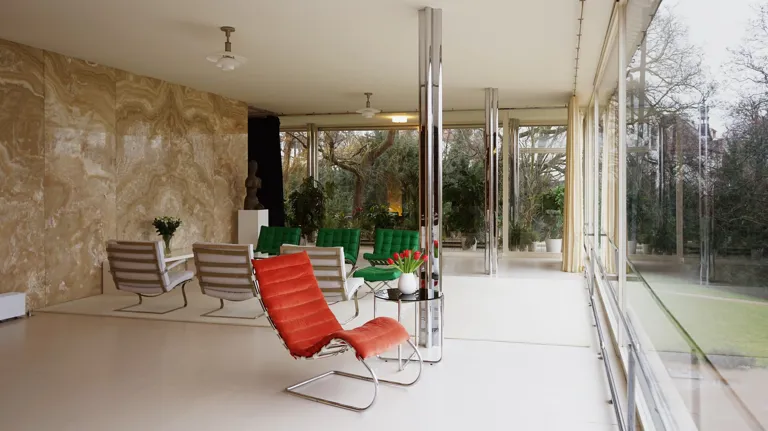
Villa Tugendhat The house has a formal architectural purity sitting in natural surroundings
It was a fundamental demonstration of how new technologies and materials could make buildings cleaner, safer, and more practical. Wagner and other pioneers like Charles Rennie Mackintosh and Josef Hoffmann anticipated a whole new movement of modernism in the 1920s and -30s, where functionality and an emphasis on health came to the foreground of architectural thinking. Walter Gropius, Ludwing Mies van der Rohe, Le Corbusier, and other important European architects of the interwar period designed structures that would be simple, practical, and elegant, but also hygienic, easy to clean, and socially democratic.

Walter Gropius The Studio Building in Dessau was designed as a collective dwelling house
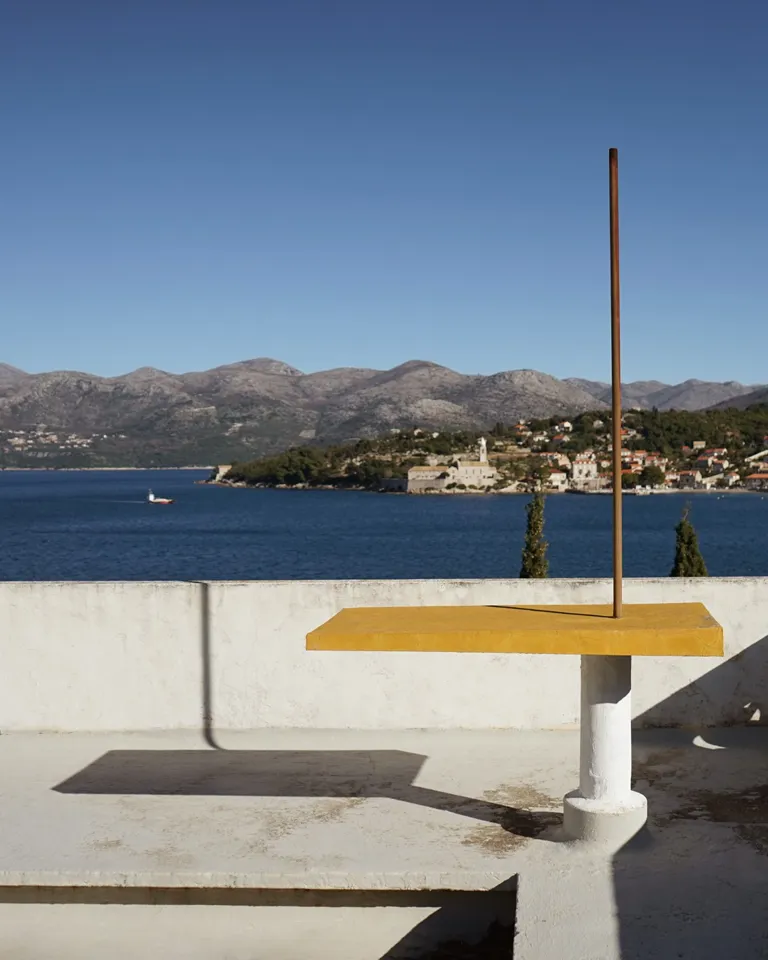
Villa Vesna Nikola Dobrovic introduced ideas of modernism to the Dubrovnik region

Maison de Verre Pierre Chareau and Bernard Bijvoet use glass blocks to bring light in
Le Corbusier

The emphasis on hygiene became even more important after the Spanish flu of 1918-1920 and the rise of tuberculosis. Architecture, that aided people in staying healthy, such as large windows with lots of sunshine or roof terraces and easy to clean modern materials became an essential attribution of the modern movement. Le Corbusier included these ideas into his famous Five Points of Architecture. Pierre Chareau and Bernard Bijvoet designed their Maison de Verre in Paris as the ultimate machine for healthy life: opening up the previously dark and stuffy living spaces to let in the sun and fresh air.
“We are to be pitied for living in unworthy houses, since they ruin our health and our morale. It is our lot to have become sedentary creatures; our houses gnaw at us in our sluggishness, like consumption. We shall soon need far too many sanatoriums. Our houses disgust us; we fly from them and frequent restaurants and night clubs; or we gather together in our houses gloomily and secretly like wretched animals; we are becoming demoralized,” wrote Le Corbusier in his seminal book Towards a New Architecture.
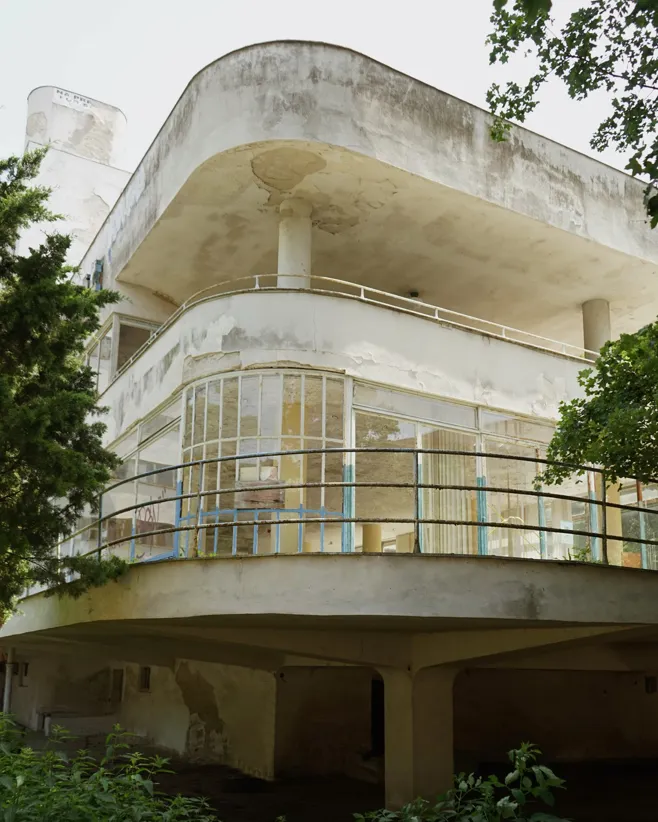
The general idea about modern architecture as an ultimately hygienic environment which can increase the quality of a population’s health materialized not only as essential elements of construction and design, but also a specific typology. In this regard, hospitals and sanatoriums were a highly influential part of the movement as the connection between the two were strongly interwoven. “In the early 20th century architects and critics talked a lot about tuberculosis. In fact, it was a real obsession. Ill health is what modernized architecture, not just new materials and technologies. Why? Because one in seven people were dying from TB globally, but in a big metropolis, like Paris, it was more like one in three,” says architecture historian and author of book X-Ray Architecture Beatrize Colomina in an interview for Pin-Up magazine.
Sanatoriums and hospitals became the ultimate machines for health, stimulating architects for new solutions of functionalist architecture that can cure on the next level. The most famous example of all is probably Sanatorium Paimio, built by Finnish architect Alvar Aalto in 1932. The sleek white building, reminiscent of a large ocean liner in the middle of a Finnish forest, opens toward the landscape with extensive terraces and strip windows. Aalto’s design for both the structure and all the elements within is a sensitive response to the needs of people with tuberculosis. Since the disease was cured mostly by fresh air and sun, it is also highlighted in the architecture of sanatoriums in the 1930s.
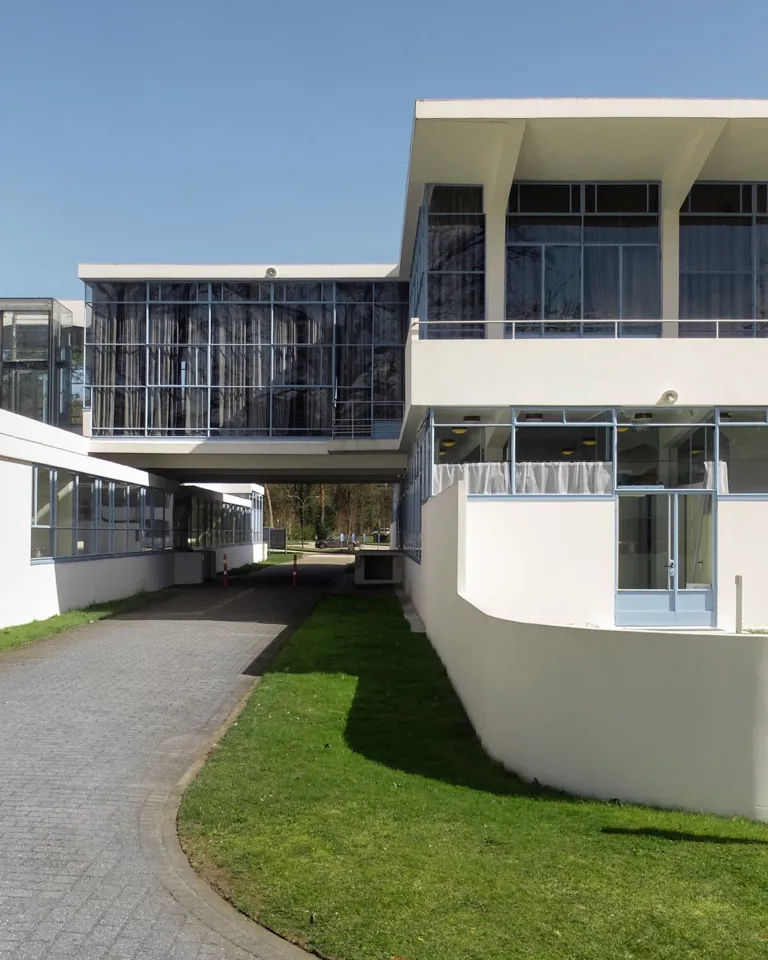
Jan Duiker and Bernard Bijvoet Zonnestraal was designed originally as a sanatorium
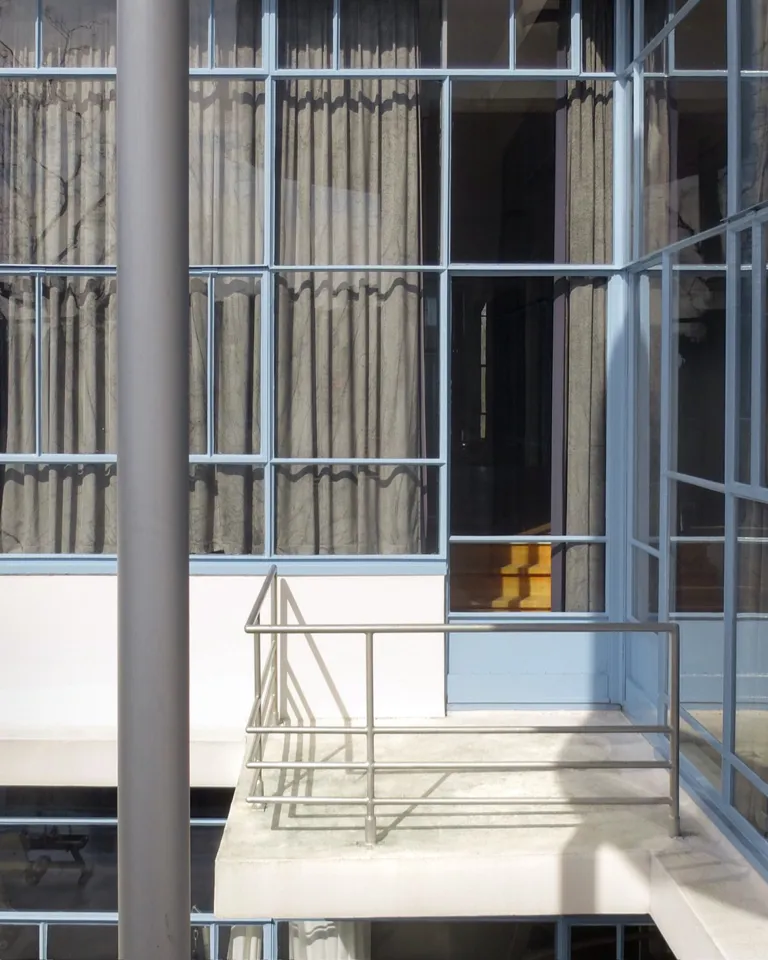
Zonnestraal A pioneering work from the Nieuwe Bouwen period
Completely restored to its original glory in 2010, Zonnestraal tuberculosis sanatorium in Hilversum is an example of the Dutch modern or functionalist movement known as Nieuwe Bouwen (New Building). It was built between 1925 and 1931 by architects Jan Duiker and Bernard Bijvoet, who collaborated around the same time with Pierre Chareau on the construction of the Maison de Verre. The dramatic white and glass structure spreads horizontally into the landscape and has an airy, spatially open appearance through the expansive use of glass. With its extensive rectangular volumes, frameworks, ramps and terraces, the building looks like the ultimate medical machine as imagined by modernism.
Designed by one of the most prolific interwar architects Jaromír Krejcar, Machnáč Sanatorium in Trenčianské Teplice was one the greatest works of Czech functionalism. Built in 1932, the large facility was conceived using avant-garde theories of hygienic purity, with colorful linoleum floors, built-in furniture, and sliding windows designed to bring sunlight to the patients within, who would be treated with the latest technological innovations. The building is currently empty and in very poor condition.
Over in the Savoy Alps in France, close to the mountain resort of Megève, architects Pol Abraham and Henry Jacques Le Même designed a few sanatorium buildings at the beginning of the 1930s. The most striking of all is Sanatorium Martel de Janville at Plateau d’Assy. The large building, set in an Alpine context, is defined by its staggering asymmetrical design, a sculptural conical chimney, and was furnished with modernist furniture by Jean Prouvé and Jules Leleu.
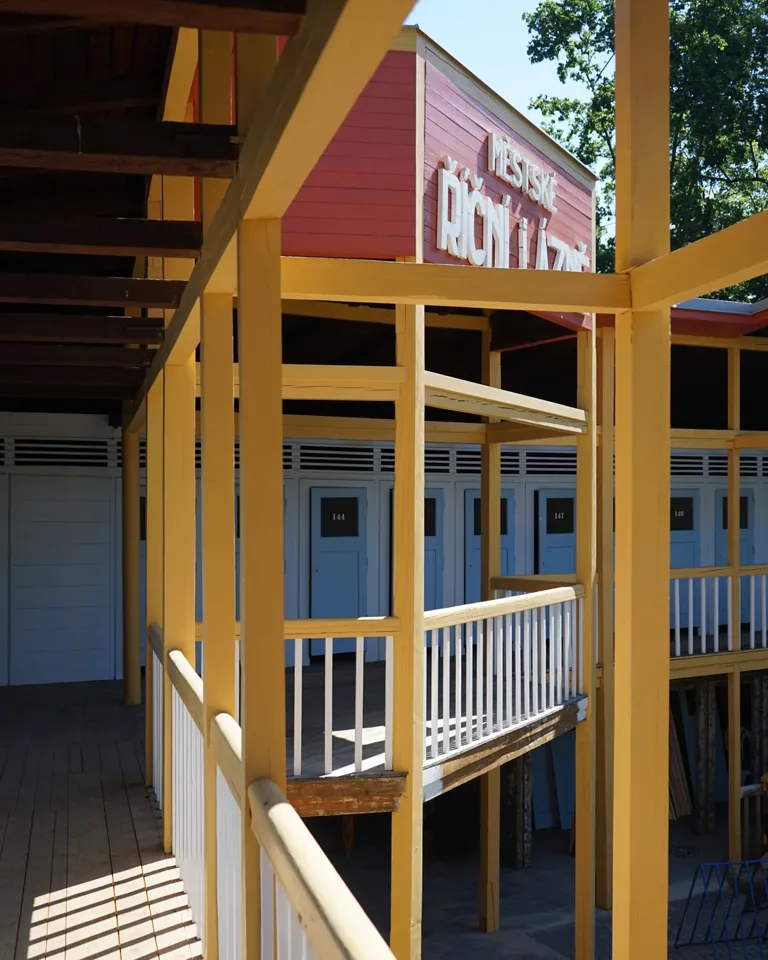
Bohuslav Fuchs Polanka river spa's changing rooms
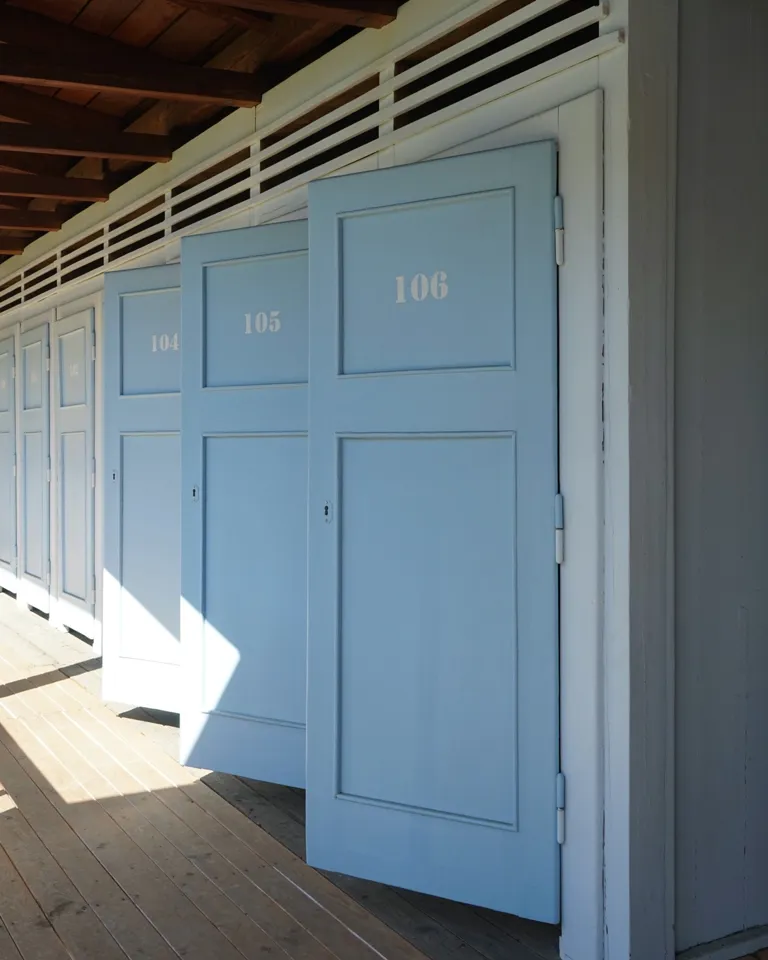
Polanka spa Fuchs introduced elements of his organic approach
Many intellectuals, sportsmen, socialite personalities, artists, and architects promoted active lifestyles to prevent diseases. Sport was the new cool and the architecture and design community reacted to it quickly. Architects built large sport arenas for all kinds of sports including swimming pools, stadiums, baths, and other facilities.
“We want to point out that cities and towns should take care of the health of their inhabitants. It is in their public interest. That is why the construction of baths and swimming pools is essential,” architect Václav Kolátor wrote in his book Bath, published in 1935 in Czechoslovakia. Kolátor specialized in the construction of baths and designed many of them during the 1930s. Baths and swimming pools were a popular topic for Czech architects at that time.
Renowned Brno-based architect Bohuslav Fuchs designed two exceptional swimming pool facilities. Fuchs built a colorful wooden pavilion of changing rooms for the Polanka river spa in Třebíč in 1934 using his innovative organic round forms. Similarly, the Green Frog baths in Trenčianské Teplice was completed in 1936. Its elegantly curved forms perfectly suit its surrounding, creating one of the most celebrated examples of organic architecture in Czechoslovakia.
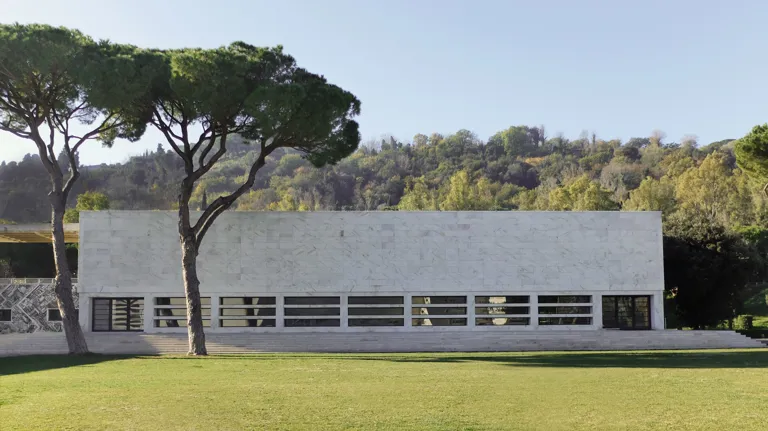
L'Accademia di scherma The short side is bipartite: half blind and marked by a giant horizontal window grid for the other half
An indoor swimming pool dominates the large sport complex on Foro Italico in Rome. Built during the 1930s in the monumental rationalist style, this Olympic complex includes not only a large swimming pool, but also the infamous gym of Italian dictator Benitto Mussolini. The Olympic pool was designed by architect Costantino Costantini and decorated with large mosaics by Giulio Rosso depicting healthy, sporty men with muscular figures. The marble-covered gym for Mussolini was designed by Italian Rationalist Luigi Moretti who also constructed the nearby L'Accademia di scherma (Fencing School) between 1934-1936.
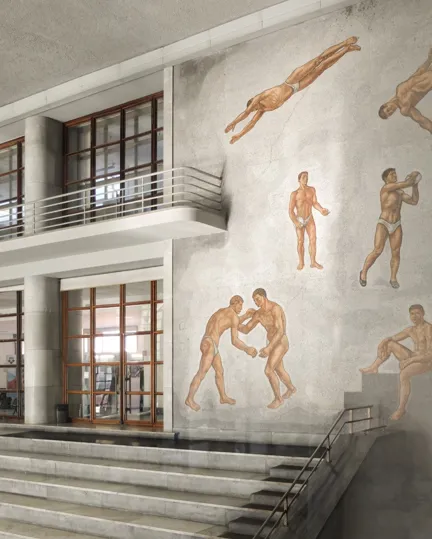
Foro Italico sports complex Built in the monumental rationalist style
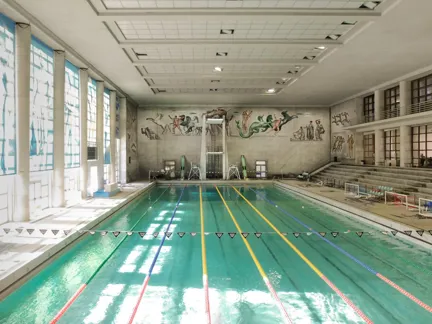
Costantino Costantini The Olympic pool features large mosaics
With the boom of capitalism and bureaucracy, new types of working spaces were needed to accommodate more people. The open-space concept arrived with the first American skyscrapers at the turn of the 20th century. Celebrated American architect Frank Lloyd Wright introduced such an office space in his seminal office building for Larkin Soap Company in Buffalo, built in 1904-1906. Its colossal atrium and open spaces became a role model for commercial buildings.
Since then, modern architects use this model as an efficient approach to create large-scale office interiors where all the employees can work together in one large undivided room. The 1950s and 1960s saw the rise of a new corporate culture, where, mostly American companies, built minimalist, steel skyscrapers with adaptable floorplans, influenced by Ludwig Mies van der Rohe and his iconic Seagram building in New York. The popularity of open-space offices was supported by furniture companies producing innovative office equipment, most notably Herman Miller with its adaptable Action Office line, developed by designers George Nelson and Robert Propst during the 1960s.
The enduring presence of such a style of office remains until today. Recently, innovative companies and start-ups have started to design new prototypes where rationalism and quantity are replaced by fun and not-so-strict working environments.
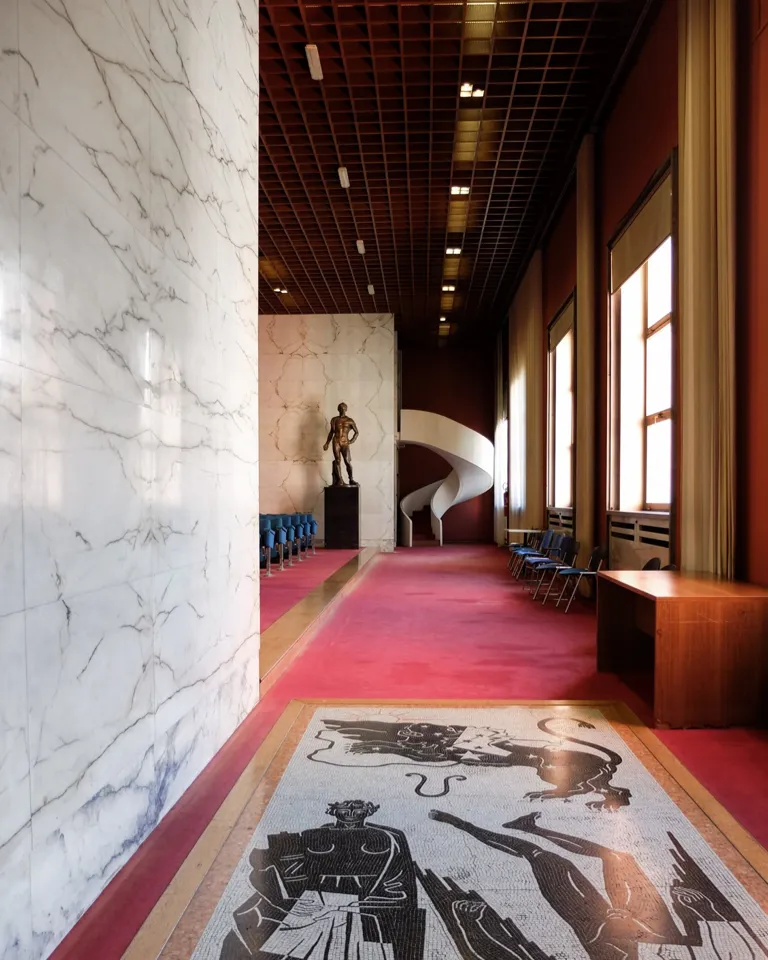
Luigi Moretti The marble-covered gym for Mussolini
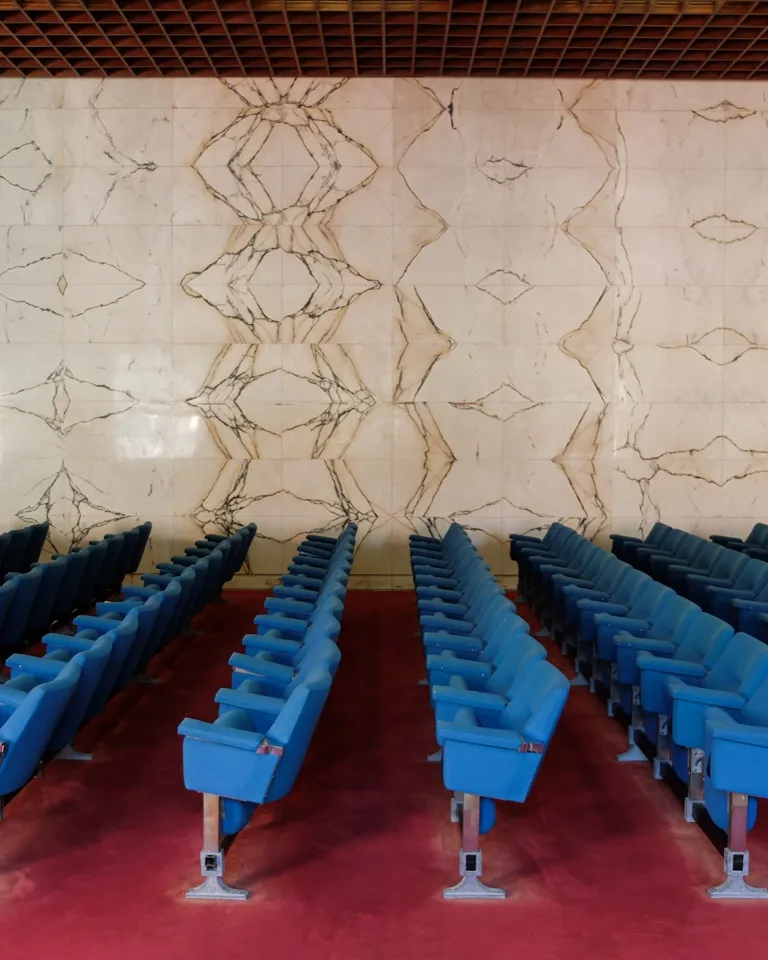
Moretti The architect was attuned to material and detail, fluent in structure and form
The 20th century brought us many technological innovations, which helped us to live well and healthy. On the other hand, the rationalization and standardization limited our emotions and personalities. After more than 100 years since the Spanish Flu spread all around the world, our society was struck by another pandemic. The problems of hygiene and health in public spaces have become important again. The biggest change will be the future of our working environments. It seems that COVID-19 just accelerated the trend of new office spaces where a rational program is replaced by an emphasis on individuality and communication. We are at the end of modernist ideals about the standardizations of our lives. With a huge increase in the work-from-home model, are we facing end of the traditional office?
And what about healing potential of modern architecture? Modernist sanatoriums were mostly remodeled into the residential complexes, offices, or became monuments of the 20th century architecture—a memento of a time when the sun and fresh air were important attributes healing the ill. With global ecological problems and dire air pollution, this type of treatment is not as promising as it was in the 1920s and 1930s.